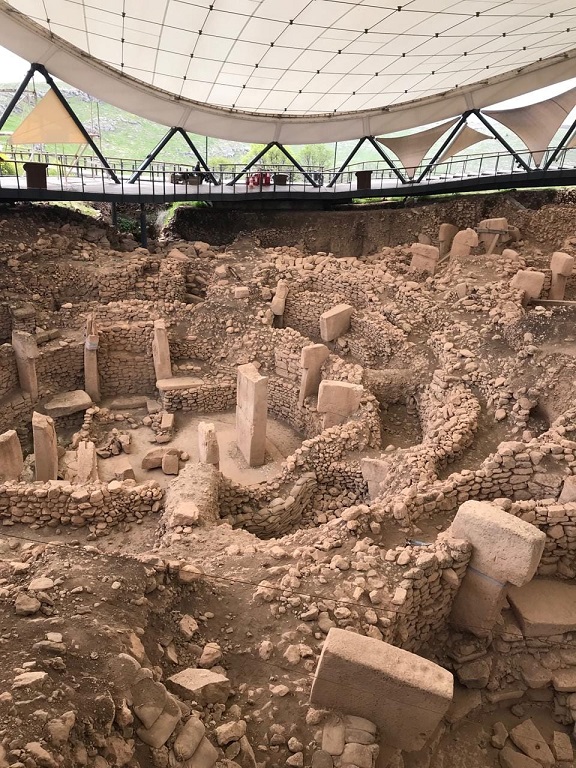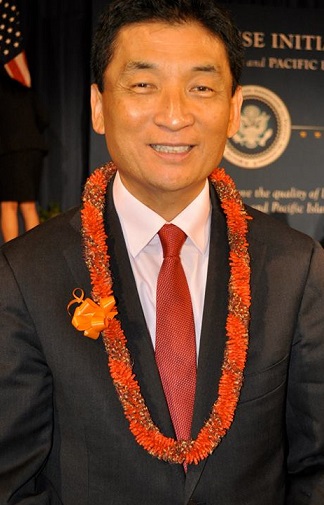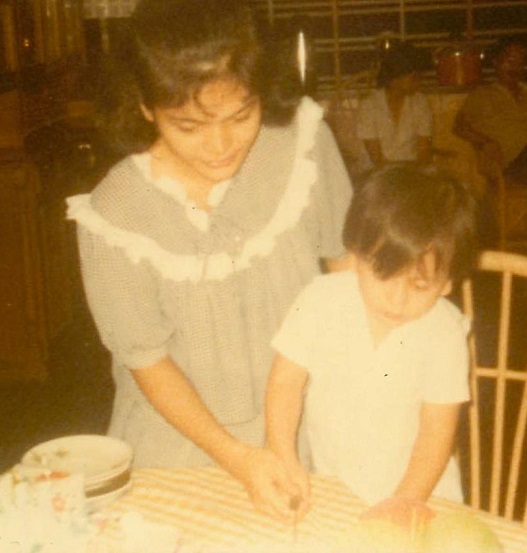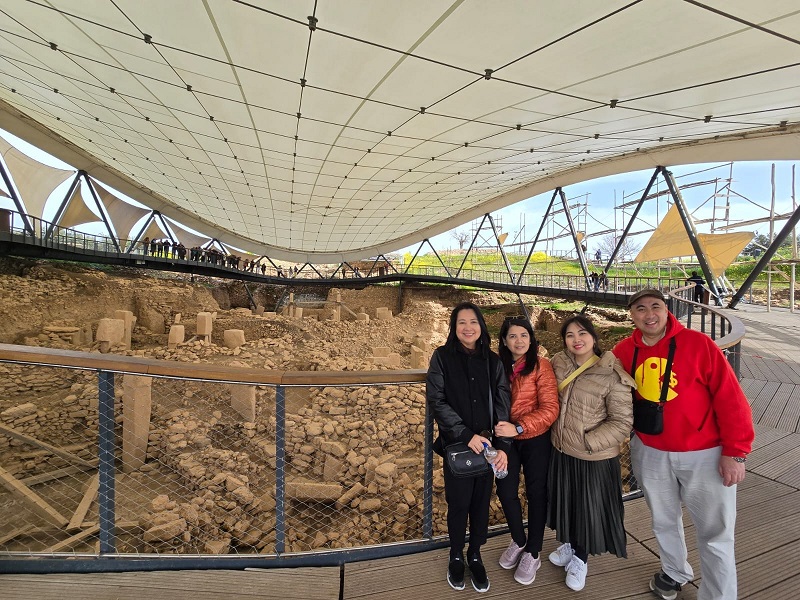Göbekli Tepe: Oldest temple in the world at 12,000 years old
By Wendell Gaa
The historic land of Turkey, now officially called Türkiye, has been such a wonderful and enriching diplomatic posting for me for the past three years. I now proudly consider it a second home.
For a country which is so deeply embedded in history, if there is one destination which I had dreamed of visiting for quite a long time, it is Göbekli Tepe. I can now say with pride and joy that this dream of mine has at last become a reality. Together with three colleagues from the Philippine Embassy, I had just recently taken a trip to this most beguiling archaeological site in southeast Türkiye which is the oldest temple in the world at 12,000 years old!
Most tourists traveling to Türkiye long to experience stepping back into time by visiting the ancient ruins of the Hittite, Greek, Roman, Byzantine and Ottoman empires, and yes I’ve personally discovered how this country is blessed with an abundance of relics of those past eras, yet I never really understood the depth of this country’s neolithic historical relevance until I got a chance to see up close for myself the ancient wonder that is Göbekli Tepe. It happens to be one of the most significant and groundbreaking archeological discoveries in the history of mankind.
Göbekli Tepe is within driving distance from the southeastern Turkish city of Şanlıurfa, where my colleagues and I traveled to via a 1-hour plane ride from the nation’s capital Ankara. After arrival at the airport, we were met by our very warm and knowledgeable Turkish local guide Taha Ozyavuz, who is the head and creator of the private tour company Göbekli Tours www.gobeklitours.com. He was so kind enough to take us around the city of Şanlıurfa on our first day here, where we got to explore such spiritual attractions as the Cave of the Prophet Abraham where it is said he was born, and the nearby beautiful pool where the Old Testament claims he was rescued by God from the Babylonian King Nimrod.

Taha Bey, as we call him as it is a sign of respect for gentlemen in the Turkish language, is interestingly enough one of the very first tour guides to be leading travelers to Göbekli Tepe since 2010. As he was walking us through the Şanlıurfa archaeological museum (where he was once the curator), we were fascinated to learn from him how Göbekli Tepe predates both Stonehenge in England and the Egyptian pyramids, and that archaeological excavation in the site did not begin until 1995. Its very discovery has really disputed previous popular belief that human civilization and building ingenuity did not begin until after the neolithic era. These are just a few reasons why Taha Bey has been interviewed on the popular documentary series “Ancient Aliens” regarding theories about the mysterious origins of Göbekli Tepe.
The following day, Taha Bey’s equally warm and humorous colleague Mehmet Bey served as our guide to the very site itself. Upon arriving at Göbekli Tepe from our Şanlıurfa hotel, after walking up the pathway leading to the excavated spot which is covered by an attractively designed roof for protection from the natural elements, the sight of the ancient stone monument structures was unlike anything else we had ever seen before.
Just viewing from a distance, the engraved figures of such animals as a bull, scorpion, fox, leopard and crane is simply put, mind-boggling, and even more so when one considers how the people who built these structures did so long before the Sumerians of ancient Mesopotamia were communicating through their clay-made cuneiform tablets or the ancient Egyptians were through their hieroglyphics.
One particular structure had imprinted images of vultures which to me almost resembled dinosaurs, and although I personally doubt that dinosaurs were still around during the same time this site was first erected, my intrigue with the exact reasons why this monument was made in the first place was only further deepened. Was Göbekli Tepe a religious ceremonial center or something else? Here are but a few questions which archaeologists are currently attempting to find the answers to.











